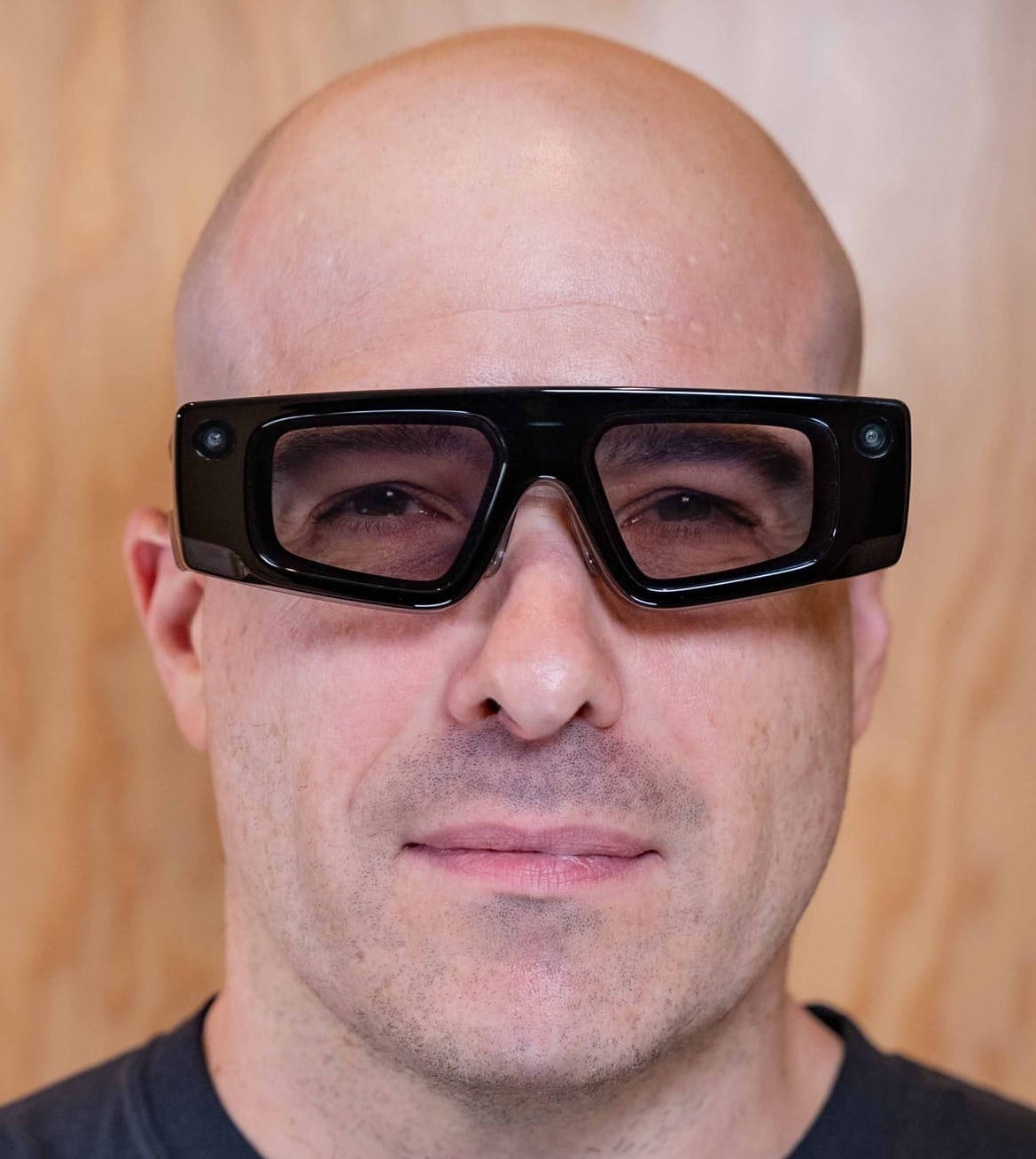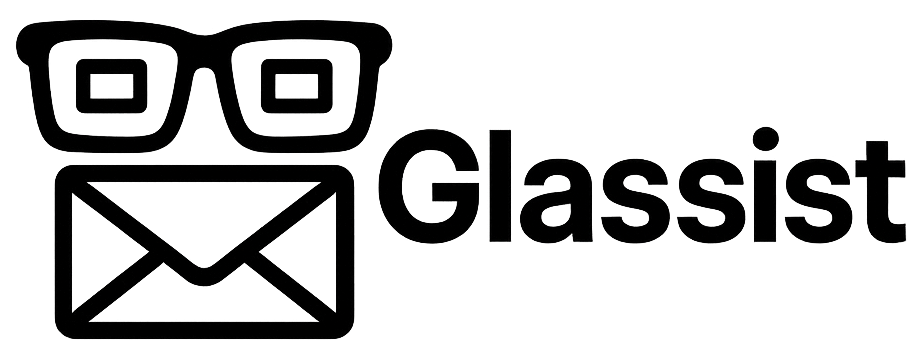WHY GLASSIST?

Since they launched in October of 2023, Meta has reportedly sold over 2 million Ray-Ban smart glasses. Compared to the last few major wearable platform launches at the same point in their respective timelines--Apple’s AirPods at 50 million units and Apple Watch at nearly 12 million units sold--this may not seem like much. Yet, this is an extremely important milestone.
Although Snap’s spectacles arguably launched the smart glasses category in 2016, it’s the pairing of Meta’s AI technology with Luxottica's Ray-Ban brand that truly launched smart glasses as a fashion-first tech accessory. They are Trojan horsing a new platform on our faces that would previously get you assaulted in public for wearing.
YOU HAVE TO LOOK COOL
What Meta understands is that glasses are primarily a fashion item. They have to be something people want to actually wear first, functionality comes second. Meta worked around the limitations of the Ray-Ban Wayfarer form factor to build a successful consumer technology product instead of trying to force users to wear something ugly but is more technologically capable.
When they first launched, the Meta Ray-Bans were pretty straightforward, much like Snap's Spectacles. They let you snap photos and videos to share, plus offered speakers and a mic for calls and music. It wasn’t until the launch of Meta AI for Ray-Bans a year later that the plan started to become clear.
The ability to have a conversation with an AI assistant that can see what you see opens many possibilities. I’ve used it to translate conversations in real-time. I’ve even used a live AI session to instruct me on how to trim trees in my backyard. However, the limitations of Meta’s AI become readily apparent the more you use it. As is the case with most LLMs, it frequently lies, hallucinates, or just straight up doesn’t know anything.
VOICE + AI = HUGE OPPORTUNITY
Even with its quirks, there’s no denying having an interactive session with an AI assistant is an intriguing glimpse into the future of apps and human-computer interfaces. It’s less about interacting with a device and more about a conversation with the world around you. This is a radical redefinition of the relationship between users and apps.
Last year’s impressive Orion AR glasses demonstration showed what Meta’s vision is for a truly independent AR wearable platform. However, reducing the cost and scaling manufacturing of Orion is a challenge that may take years.
That's OK. It’s not necessary to have an all-singing, all-dancing AR experience on your face for consumer smart glasses platform to succeed. If Meta opens up Ray-Bans to developers there are plenty of compelling apps to be built using just voice and vision. Both completely new experiences and AI-powered voice interfaces to existing apps. This is a sizable opportunity for developers and new businesses.
THE COMING WAVE OF SMART GLASSES
The rest of the industry isn’t standing still. Google announced at least 5 different XR smart glasses as a direct response to Meta. These glasses range from simple Ray-Ban style devices with no display to full-blown Orion-inspired AR glasses. Google has also made partnerships with brands such as Warby Parker and Gentle Monster, following Meta’s model of leading with fashion and following it up with tech.
What of the pioneers in this space, Snap? Last year Snap somewhat surprisingly went all in by launching an advanced XR glasses platform, complete with 6dof, hand tracking, stereo 3D waveguides, and a completely self-contained design that does not require a phone tether to operate. While most of the competition is attempting a more conservative approach with simpler consumer glasses, Snap recently announced a full consumer release of Spectacles in 2026.
BE PREPARED
It's heating up. All of these platforms open up new possibilities for developers, entrepreneurs, and consumers. That’s why I started Glassist. Smart glasses--both AI and AR powered– are officially a thing. And this thing is only getting bigger.
Subscribe to Glassist to keep your finger on the pulse of the next big platform.

